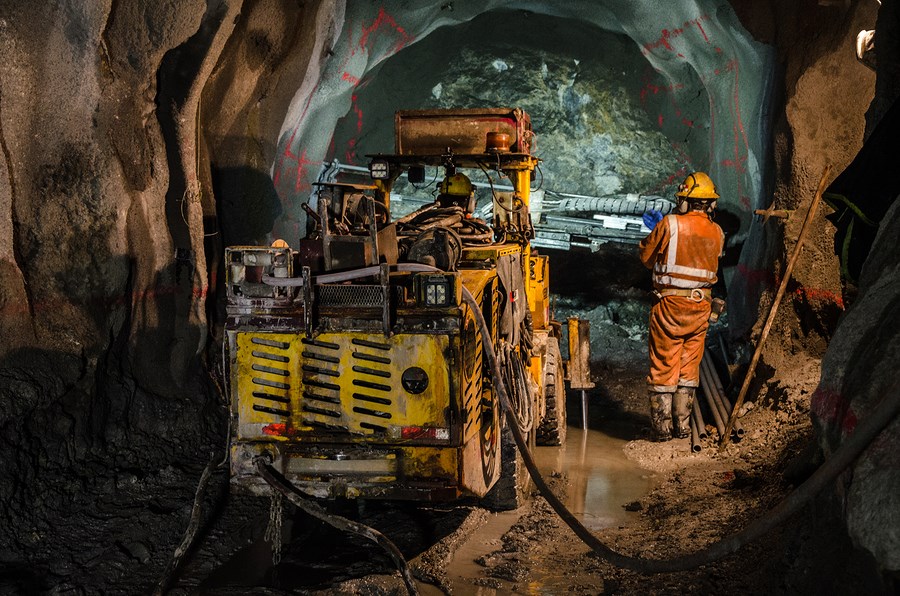A final report for the Manitoba-First Nations Mineral Development Protocol is still pending, and mining industry groups have some concerns.
In June, the provincial government and the Ministry of Growth, Enterprise and Trade announced a report from the project’s co-chairs – Ron Evans, former chief of Norway House Cree Nation, and Jim Downey, former deputy premier and MLA – that detailed the set of protocols meant to encourage mine activity and company involvement in Manitoba.
“A formal response is currently being finalized,” said a provincial spokesperson at that time
While the formal response from the protocol was originally set for a September release, a more recent statement from a provincial spokesperson, sent to The Reminder on Oct. 4, said a final report was not ready for release.
“The department continues to work on aligning its policies, programs and services to support the implementation of the mineral development protocol, and a formal response is currently being finalized,” reads the statement.
“We look forward to sharing the response and next steps with First Nations, industry groups and stakeholders.”
Some of those stakeholders and industry groups are not pleased with some of the province’s current positions on the protocol.
Andrea McLandress, executive director of the Mining Association of Manitoba Inc. (MAMI), said the role of the province relating to duty to consult with indigenous groups is unclear, even in the lead up to a final report.
“We’re looking for the province to provide certainty in the area of duty to consult so that our companies know what they need to do to meet their due diligence to get their permits approved,” she said.
In an ideal duty to consult policy, McLandress said that dealings between mining and exploration companies, provincial authorities and First Nations groups would be transparent.
“They would document their activities, submit that to the Crown as part of their application, the Crown would go ‘They’ve done this, this and this, they met all the requirements, the nations know what the requirements are, and when the province issues a permit, they can say the permit was issued based on this consultation and deemed it adequate.”
“If we had a really clear process – that’s what we’re looking at the province to do – then companies and investors just need to know what the cost is going to be and what the timeframes are. If there’s vagueness for what they need to do, how long it’s going to take, how long does the First Nation have to get back to the province, how long the province has to make a decision – it’s that uncertainty. Uncertainty deters investments.”
Stephen Masson, president of the Manitoba-Saskatchewan Prospectors and Developers Association, raised another concern – whether permits for smaller mine companies will become harder to obtain.
“The permitting is the key issue. If you can’t get a permit, you can’t explore your ground. If you can’t do that, there’s no use raising money. There has to be incentives, especially in relation to the north. We need mining and that means we have to be putting a real effort into drilling as many targets as we can so we can find that next discovery,” he said.
McLandress said MAMI hopes a finalized protocol would not only aid mining in Manitoba, but would also increase First Nations and Métis involvement in the industry while providing an economic boost.
“For our companies, they want to build positive relationships – they want to talk to First Nations and Métis communities about employment, jobs, they want to understand if the project will affect the community, what they could do to accommodate or mitigate that, but the permitting and the duty to consult is the Crown’s duty,” she said.




